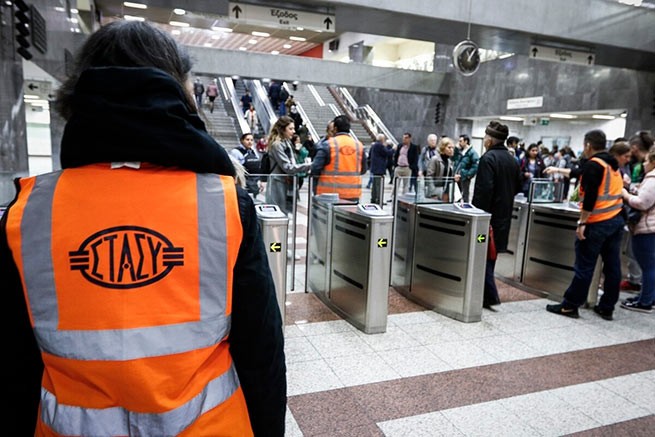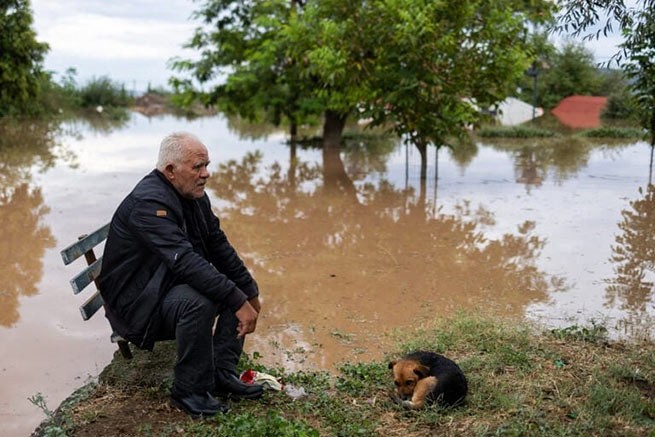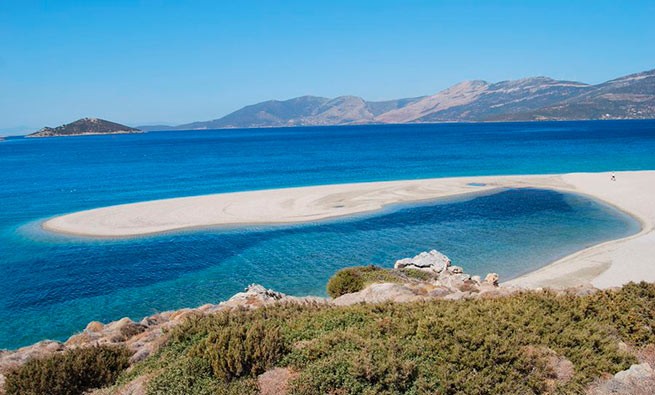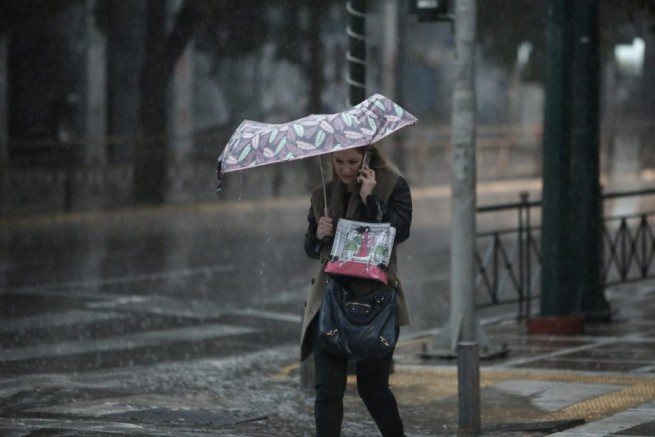The first hedge against the risk of reduced Russian gas flows is the decision to double lignite production from 5 to 10 terawatt-hours over the next twelve months.
Chrisa Lyangu, columnist for a Greek pro-government publication cathimerinitalks about the worst and worst case scenario for Greek energy in the coming years.
***
The citizens of Greece, as well as all of Europe, must prepare for winter, a period when, for the first time in decades, electricity and natural gas should not be taken for granted. Will we reach a “hot energy crisis” if Putin decides to turn off the tap, or will we continue to pray for a thin stream of natural gas to Europe, trying to effectively (or how we can) manage the resulting supply crisis.
bad script
The Greek and European authorities are planning the development of the situation on the basis of two versions, that is, a bad and a worst-case scenario. In the event of a bad, i.e. fluctuating, flow of Russian natural gas through the Nord Stream 1 gas pipeline, the impact on Greece will be limited mainly by a price front, which, as 10 days of uncertainty regarding its reopening has shown, can fly into the sky . The gas supply of the country, and hence the electricity supply, will not be disrupted, and this is because 3 billion square meters. gas supplied annually by Gazprom enters the Greek system via Bulgaria and the CU gas pipeline. However, high gas prices will drive up electricity prices and inflate the need for financing subsidies to unmanageable levels.
The first line of defense against this risk is the decision to double lignite production from 5 to 10 terawatt-hours within twelve months.
However, the effectiveness of the measure, both in terms of containing prices and ensuring sufficiency in the worst-case scenario, is considered questionable. The installed capacity of lignite power plants is limited to 2500 MW. Their continuous operation for a long period of time is considered unsafe due to the age and insufficient maintenance of the units as a result of the previous three-year delignitization program. But even if the blocks turn out to be reliable, it is extremely difficult to ensure the supply of lignite for them after three years of not investing in lignite open pits. According to external and internal factors DEI, the organization and discovery of new deposits will take at least six months, while it is necessary to maintain the full and continuous operation of the units for a long time. The stocks currently on the power plant sites are only enough for 45 days of continuous operation.
At worst, with a complete shutdown of Russian gasnot only the gas system will be overloaded, but also the electric power system, which is more than 40% dependent on natural gas. In this case, consumers will have to change their daily habits, as they will be without gas for heating and without electricity for a while, depending on the energy shortage created.
ΡΑΕ, in the Natural Gas Emergency Contingency Plan it submitted for consultation on Friday, makes it clear that if there is a widespread shutdown of Russian gas supplies, the consequences for consumer supplies will be particularly adverse. Even if international interconnections are fully available and all existing lignite units are operational, as well as the five natural gas units that can run on diesel, with or without the operation of the new Ptolemaida 5 unit, the impact on the country’s electricity will, in the opinion of ΡΑΕ, “from major to catastrophic”. As a result, there will be natural gas shortage between 1.9 and 4.2 terawatt-hours, which cannot be covered without reducing demand for both natural gas and electricity.
The contribution of TAP to this deficit is estimated at 1 billion sq.m. gas per year, but modernized and strengthened – with a new floating storage – Revitussa. In the event of a harsh winter, the problem will worsen for a number of reasons.. Renewable energy production drops significantly in extreme weather conditions, the chances of block damage increase, and import-export with the interconnected markets of Italy and Bulgaria, where energy automatically flows from the cheapest market to the most expensive one, is an incalculable factor.
Worst case scenario
The most critical period that will test the system for endurance, according to ΡΑΕ, is the quarter January-March 2023. To manage the situation, in addition to the mobilization of lignite plants and the mandatory operation of five natural gas plants that have technical capabilities with diesel fuel, PΑΕ proposes measures to reduce the demand for gas and electricity in industry and obliges managers (ΑΔΜΗΕ and ΔΕΔΔΗΕ) prepare contingency plans, including rolling blackouts by area.
However, even if such a need is not required, ΔΕΔΔΗΕ and ΔΕΣΦΑ should, in the opinion of ΡΑΕ, by September 1 provide programs to inform consumers about the prudent use of natural gas and electricity, with instructions for limiting consumption by category (public buildings, offices, residential consumers, commercial, etc.), which will be accompanied by working examples of estimating the rate of expected reduction in demand.
Greek natural gas system also may be strengthened by the supply of reserves from Italy. Natural gas importers and companies operating natural gas power plants are required to have 1.14 terawatt-hours of reserves in storage in Italy for the period from November 1, 2022 to March 31, 2023, and additional strategic reserves of 0 .57 terawatt-hours will give ΔΕΣΦΑ. The total reserves in Italy can cover the country’s gas needs within 10 days (unless, of course, Italy shares these reserves, which, as the practice of the pandemic period shows, is still “written with a pitchfork”).







More Stories
4 scenarios for the development of the war in Ukraine
There was a scandal in Cyprus over the Prime Minister's plane, donated by K. Mitsotakis
Nuclear wrestling between the USA and Russia: are we heading towards the use of strategic weapons?